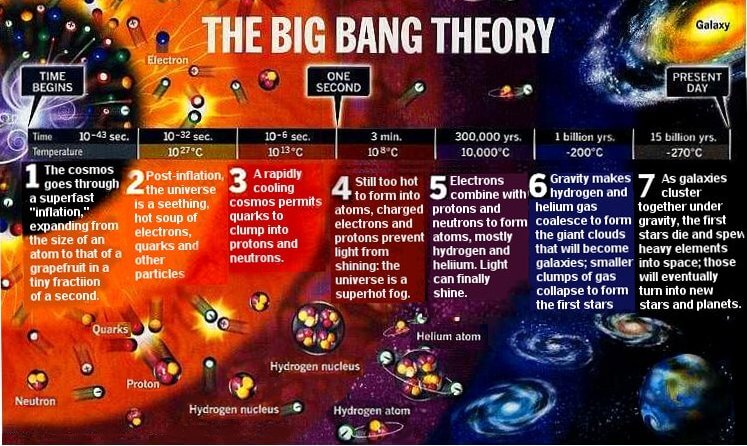Unlocking the Secrets of the Universe and Infinite Life Revised
ATOMS – LIFE – MOLECULES – “BIG BANGS”
Atoms store energy.7A They are extremely small. Atoms were not invented, it is hypothesized they were created, please see page 4. It takes 300,000 atoms to make the thickness of an average human hair.58 Each of part of the atom’s composing parts are even smaller. Atoms were designed to be small for a specific purpose. Size must be relative to necessity and reason. The author theorizes one reason the Atoms are so small is to allow one photon (yellow) to push an atom (red), as depicted on the cover page. Outer space being weightless it is hypothesized by the author atoms can be pushed by the photon on its curvilinear journey through the universe.
For more information on this subject see lower paragraph, on PAGE 26. Everything that we know of, animate and inanimate, including ourselves, our universe, earth, the water, soil, metal, air, plants, and the food we eat are made from atoms. Atoms are the basic building blocks of chemistry.7B Without atoms it would be impossible for life, time, or anything to exist. Because of atoms ”Big Bangs” exists. “Big Bangs” provide life throughout our universe for unlimited billions, even trillions of years or infinitely, please see page 22. Not all atoms are the same. Different types of atoms combine together to make different type molecules.7C Molecules communicate.7D Atoms cannot be destroyed. They can be dismantled and rearranged.7E Atoms are the foundation of existence. The author theorizes they are the fundamental basis for all types of life throughout our universe. Atoms were hypothesized to exist by ancient Greece in the 5th Century B.C. by philosophers Leucippus and Democritus.8 Their theory was more philosophizing than experimenting. Their interpretation was that when matter could no longer be divided into smaller pieces, accurately explained the idea of an atom. They named it atomos, meaning uncuttable or indivisible. Later the leading scientist and philosopher Aristotle rejected the theory calling it rubbish.9 Other scientists continued studying the theory, but with no progress. In 1808 the atomic theory advanced greatly with John Dalton. 10 He introduced atomic theory into chemistry.

To download this document in Adobe PDF Reader format, please click here.
Unlocking the Secrets of the Universe and Infinite Life Revised
2003 - 2024 Goffrey V. Wolfe